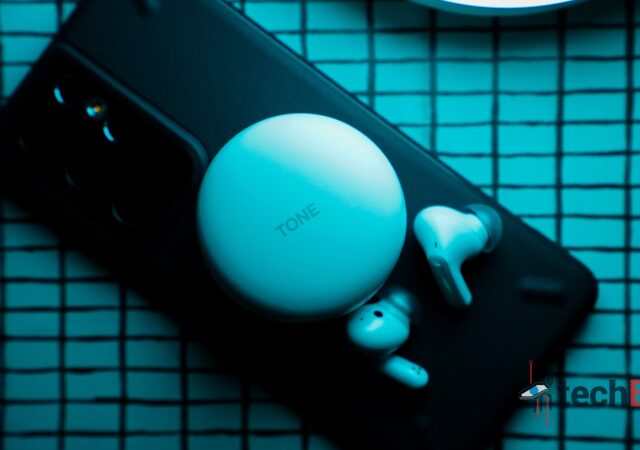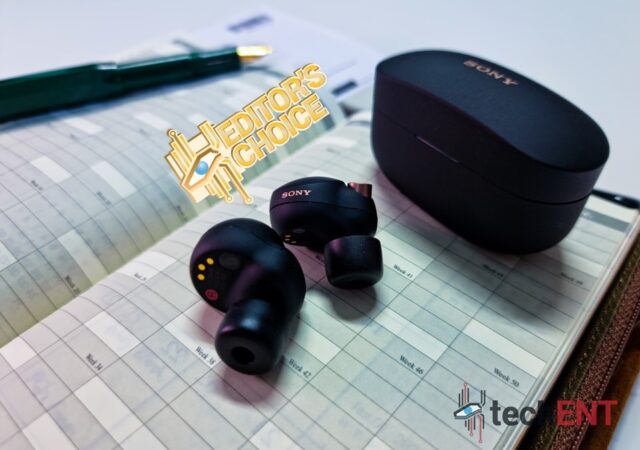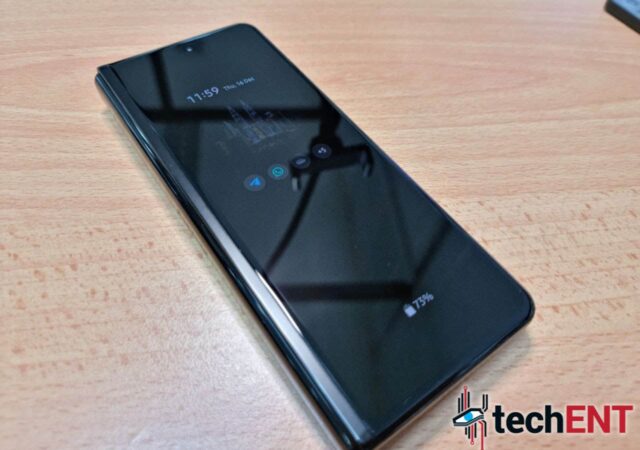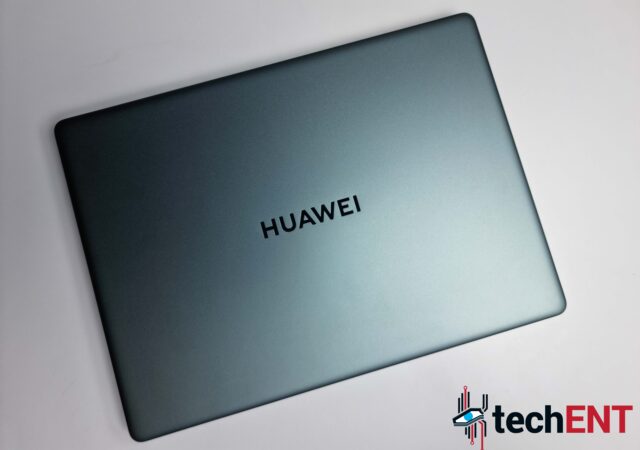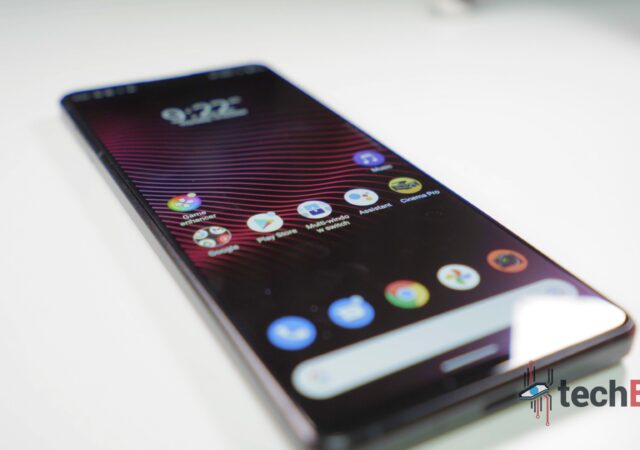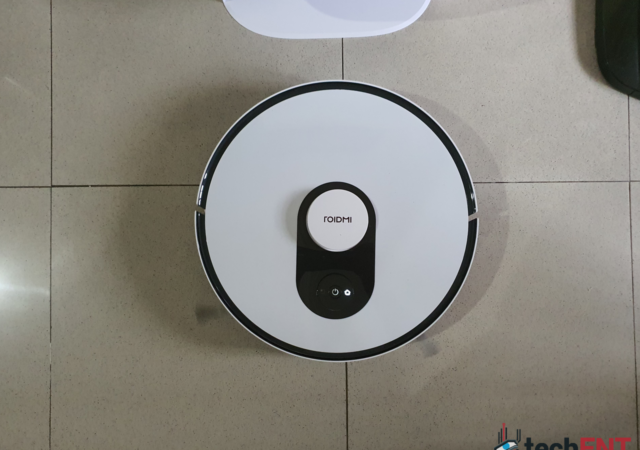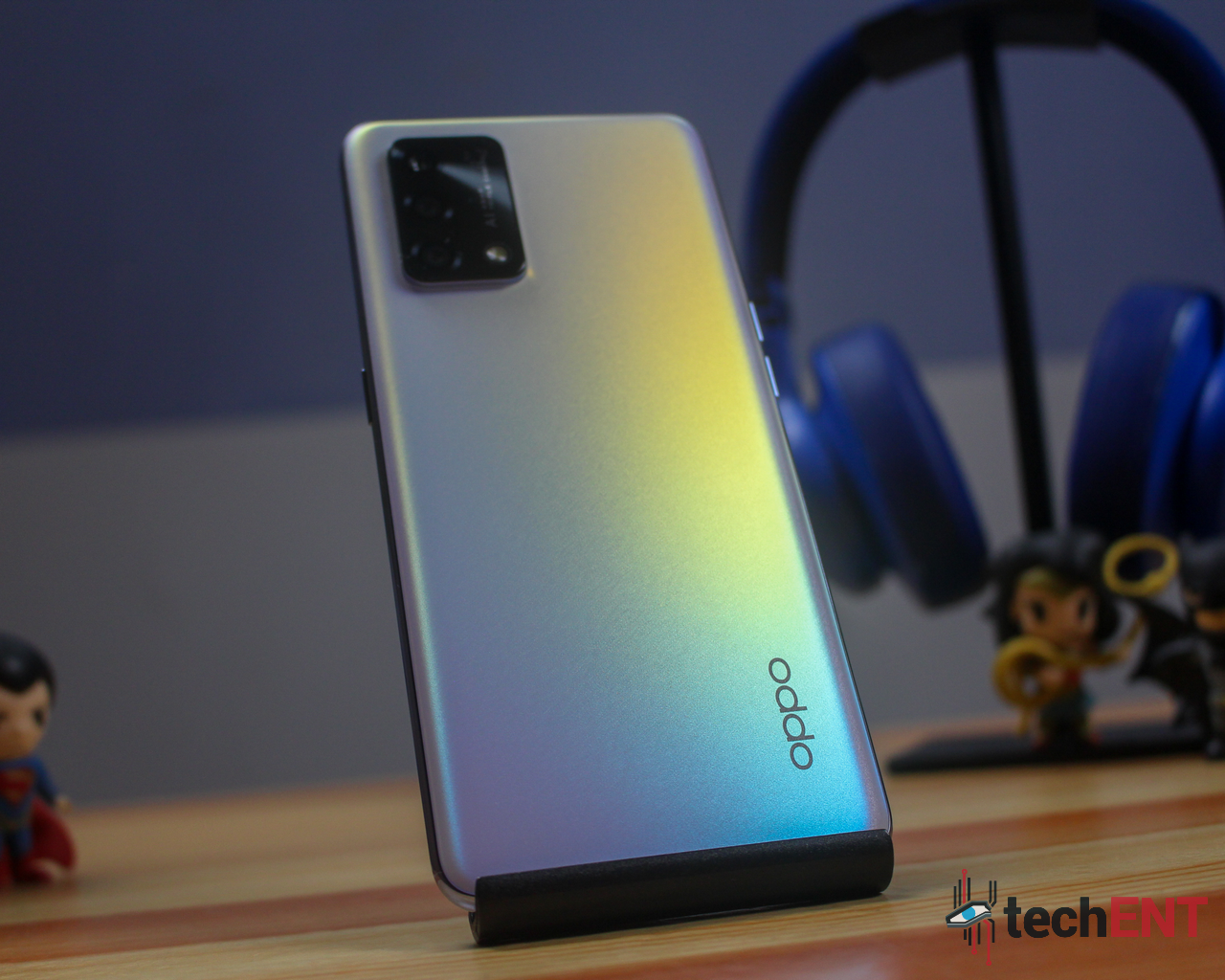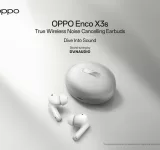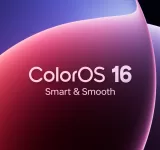We got our hands on one LG TONE Free FP8 that comes with a unique UVnano technology and Meridian tuning. Is it worth MYR 1,099?
Reviews
Sony WF-1000XM4 In-Depth Review – The Best got Better
We got to try the Sony WF-1000XM4, their next-generation Noise Cancelling True Wireless Earbuds. At MYR 1,099, is it worth it? We find out.
Samsung Galaxy Z Fold3 In-Depth Review – Back in Black
Samsung Galaxy Z Fold3 launched late last year. The foldable is still today’s most powerful foldable smartphone. Is it worth MYR 6,699?
HUAWEI MateBook 14S In-Depth Review – Just a Shiny 2.5K Display? Not quite.
We had the chance to test out the HUAWEI MateBook 14S. At MYR 4,999, it may not sound like the bargain of the century. Is it any good though?
AOPEN 43XV1C P In-Depth Review – There is Ultra-Wide, Then There is This!
AOPEN launched their new 32:9 ultra-wide gaming monitor. Is the unique size and aspect ratio enough to justify its MYR 2,999?
Sony Xperia 1 III In-Depth Review – A Niche Smartphone for Content Creators
The Sony Xperia 1 III is Sony’s latest and most premium flagship so far. Is it worth MYR 5,799 though with the Xperia Pro-I around?
Xiaomi ROIDMI EVE Plus Robot Vacuum Review: Keeping up with the Dust Bunnies in a Smart Way
The ROIDMI EVE Plus is a robot vacuum offering in Xiaomi’s stable of IoT devices. We’re giving it the techENT Review to see if it’s worth the hype.
OPPO A95 In-Depth Review: Valiant Mediocrity But A Step in the Right Direction
The OPPO A95 brings along with it many signature OPPO features but they’ve been edited for their midrange offerings. Is it up to snuff? Read on to find out.
ASUS VivoBook Pro 15 OLED (M3500QC) In-depth Review: Light on Weight, Heavy on Power & Kind on the Bank
A laptop has become one of the pieces of technology that we can’t do without. Most of the time, we’re stuck between choosing something that is chunky and powerful or sleek and light. However, in recent years, we’ve been seeing…
ASUS TUF Gaming Dash F15 In-Depth Review – Hey, This is Pretty Good!
ASUS’ TUF Gaming Dash F15 is their first thin-and-light gaming machine of its kind. It will set you back MYR 5,799. Is it worth its price?



